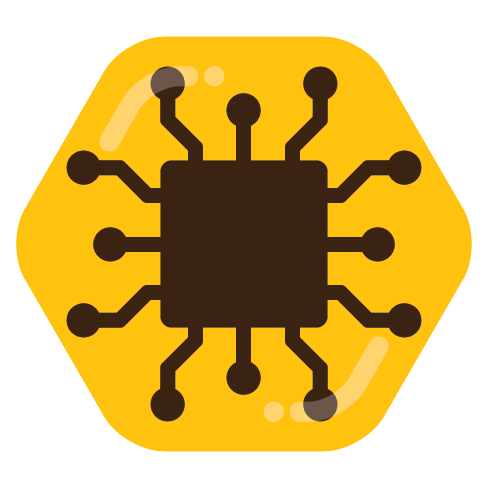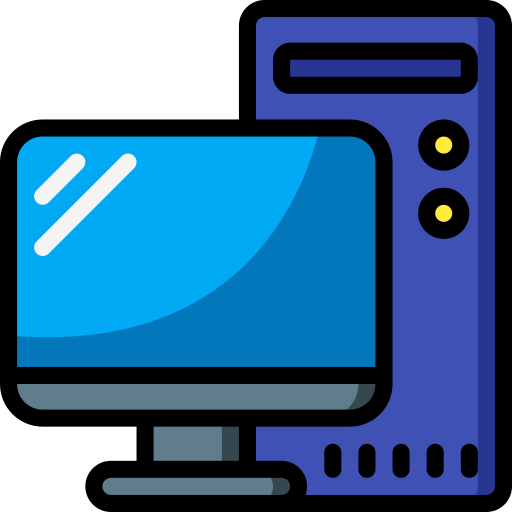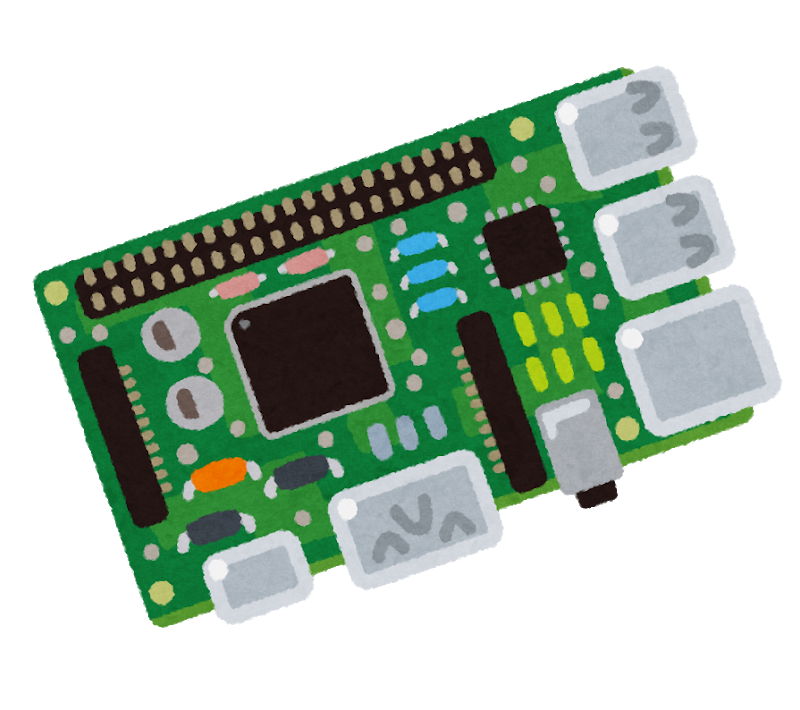

True.
My self-hosting strategy is wildly alternative and not one I speak much about publicly. I’m the only person connecting to my own domain so as long as I continue to practice shutting the fuck up, I can get away with using multiple layers of obscurity rather than fiddling with third party solutions.
I check my logs daily and the only activity I ever see is my own. Since I am not hosting anything critical or sensitive, I have the opportunity to experiment this way without much risk to myself.
The way I’m set up, I am not concerned with DDOS attacks because it would fail to get past the Dynamic DNS. If I were hosting a social media platform or something more public, then I would need to take stronger measures to protect myself and that data.


I do want to write up a guide about how to setup Caddy + DeSec.io but I don’t have the time at the moment. If you have any questions, feel free to ask. I can try to help where I can.
I’ll leave you this previous post I made, you might find some additional information in there if you get stuck. https://lemmy.dbzer0.com/post/51117983
Also, someone suggested using a wildcard cert for the use of any sub-domain names. I chose to learn and use that because it helps obscure my services. If you have any interest in security, it might interest you. It terms of security, it’s not the absolute way to protect yourself, but I think it helps when combined with other security measures. If you read the comments in the post, you should get some more insight about it.